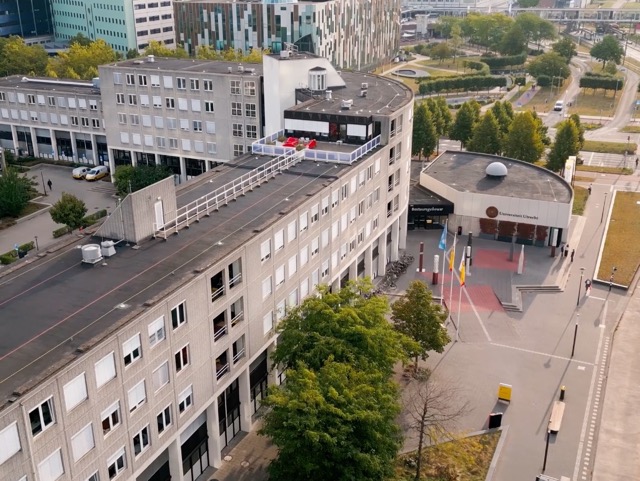Licensing is our route to transfer knowledge from research to real-world application, whether to established companies or newly founded spin-offs.

Once an invention has been assessed for impact and commercial potential, we explore the most suitable route to market. This could mean partnering with an existing company, or forming a new venture, a spin-off. In either case, our goal is to ensure your invention reaches the right environment to thrive.
Before we grant a license, we evaluate whether the partner, existing company or spin-off, is in a strong position to bring the invention to market. Minimum requirements typically include: • A clear plan for product development and commercialisation • A capable team with relevant expertise • Sufficient financial resources, or a realistic plan to secure them • Long-term commitment to developing the invention further We only proceed when we are confident that the partner can create real impact.
Most of our collaborations result in a license agreement. Even in the case of a spin-off, a license is usually the preferred structure to transfer rights. Equity is only considered in exceptional cases, and typically as a complementary mechanism to licensing.
License agreements are tailored to each case, but commonly cover:
No. Our standard approach is to license the technology to the spin-off. Equity is only taken in exceptional cases.
No. We license both to established companies and to newly created spin-offs. What matters is that the licensee has the right capabilities and commitment to further develop the invention.
Licensing terms are based on several factors:
We aim for fair, balanced terms that reflect the value of the invention and encourage successful commercialisation.
If a potential licensee (e.g. a spin-off in formation) doesn’t yet meet our criteria, we may offer guidance or refer them to appropriate support services. However, we only enter into license agreements when there is a clear and credible plan in place.